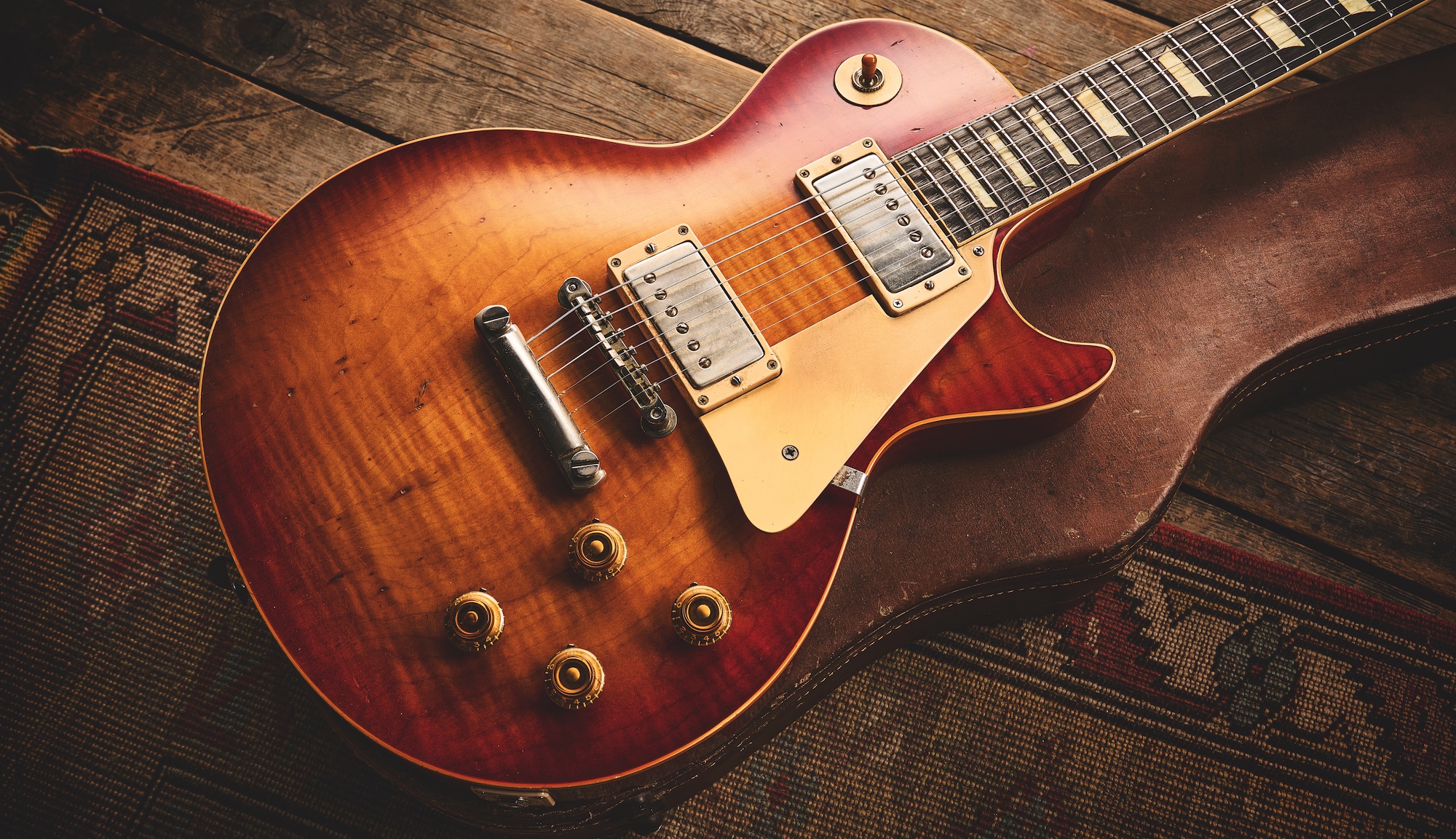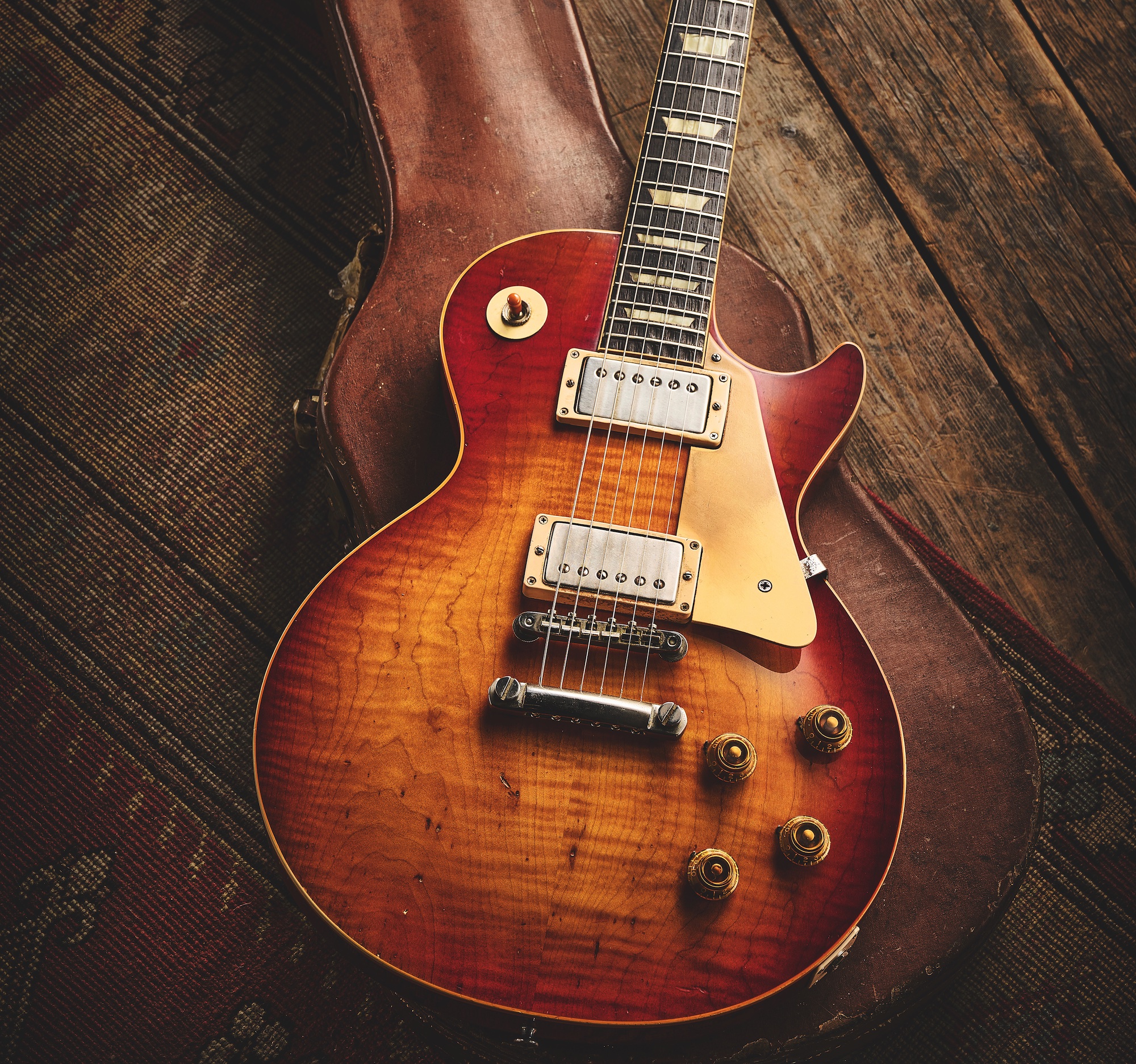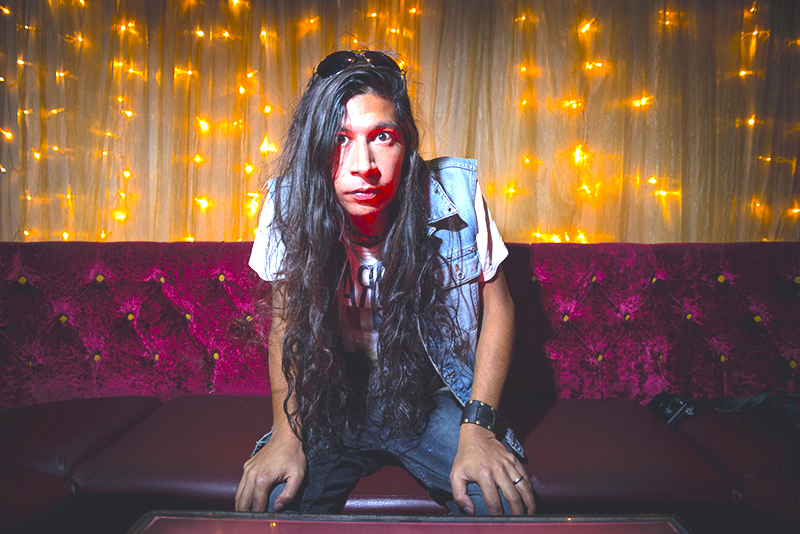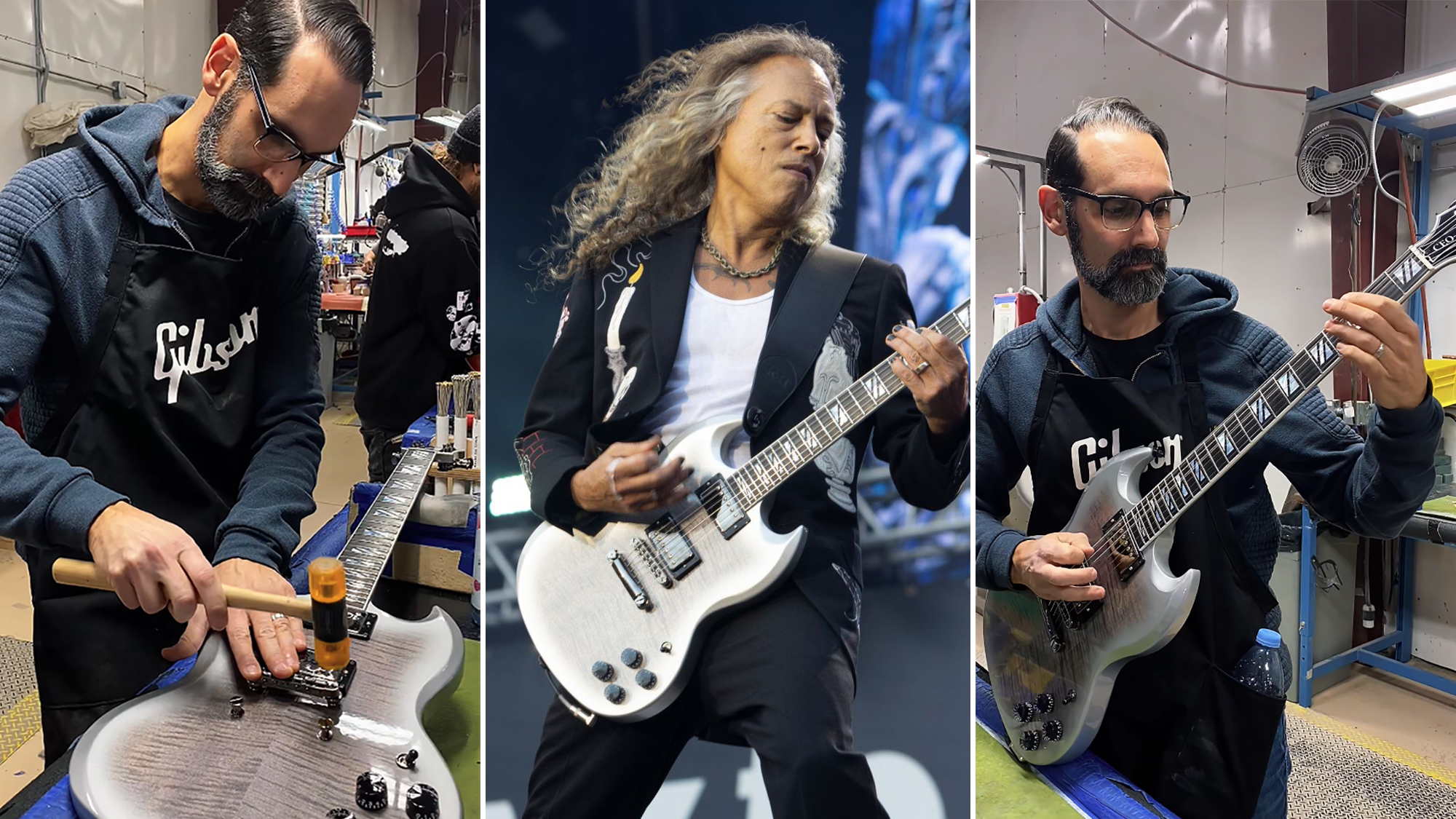“Originally retailed for around $250, they can now fetch up to 2,500 times that”: 1959 Gibson 'Burst Les Pauls sell for a king's ransom, and have been played and cherished by everyone from Jimmy Page to Billy Gibbons – but what exactly makes them special?
Widely considered to be the Holy Grail for guitar enthusiasts and collectors, 'Bursts feature on many of the most important rock albums ever made. So what exactly went into the secret sauce?

We are living in an age where vintage guitars are changing hands for record amounts of money.
None more so, it would appear, than the highly revered 1959 Gibson Les Paul Standard – widely considered to be the Holy Grail for guitar enthusiasts and collectors. According to the official ledgers, between 500 and 600 of these guitars were shipped out of Gibson's Kalamazoo, Michigan factory that year, which only adds to the mystery and folklore surrounding them.
Very few of us ever get to see a real deal 1959 in the flesh, let alone plug one in and take it for a spin. For guitars that originally retailed for around $250, they can now fetch up to 2,500 times that, with celebrity-owned models capable of reaching a great deal more.
“Gibson shipped 536 or 539 in 1959,” Joe Bonamassa told this writer in an interview for Total Guitar magazine around this time last year. “Les Paul Standards from 1958 were split between goldtops and 'bursts. So the rarest variant is the '58 burst, because they were only made for half the year.
“There were approximately 1700 guitars that shipped between 1958 and 1960. So they’re not incredibly rare, just incredibly sought-after. I own 16 sunbursts in total, from 1958 to 1960. I own eight 1959s.”
But it’s not just the ratio of supply versus demand that’s turned them into some of the most distinguished and storied instruments from the world of guitar manufacturing. It’s the highly coveted and prestigious quality of their sound – with many collectors and players going on record to say they’re tonally superior to anything else that’s ever been made.

For this Gear Explainer piece, we decided to rope in Mike Long, owner of ATB Guitars in England – a vintage specialist who has dealt six-strings to the likes of Joe Bonamassa, Noel Gallagher, Slash, Robben Ford, and Robert Plant, as well as members of Pearl Jam, Coldplay, and Radiohead.
All the latest guitar news, interviews, lessons, reviews, deals and more, direct to your inbox!
“I have personally played around 50 or 60 examples of the 1959 Gibson Les Paul Standard over the years,” he tells us. “Pretty much all of them have been great, too! They are called ‘Bursts’ because of the sunburst finish that fades over time – this changed in 1960 to a more vibrant sunburst that did not fade so much, but these are also called 'Bursts.”
They are considered desirable because of their legacy more than anything else
Mike Long, owner of ATB Guitars
From classic recordings by Led Zeppelin, Free, ZZ Top, The Allman Brothers Band, and Fleetwood Mac, to more recent cuts by Joe Bonamassa, Slash, and even Metallica, it would be fair to say that the sound of these guitars are synonymous with rock and roll history.
In fact, it’s that very connection to some of the most important albums ever released which has led to extreme jumps in value, even more so than their build quality, as Long goes on to explain…
“They are considered desirable because of their legacy more than anything else,” he notes. “Many of the original rock legends used these instruments, and they have featured on many well-known and iconic recordings.
“The wood construction is a Honduran mahogany body with an Eastern maple cap, mahogany neck with holly headstock overlay. The maple on the top is often quarter-sawn, which can produce some of the stunning flame effects that these are known for.

“They were glued together with animal hide glue. All of these together helped to refine the sound these guitars are famous for. The pickups are long AlNiCo magnet PAFs (Patent Applied For) with 42 AWG enamel wire, which tends to have a purple hue, and are wound on machines without an automated stop, so the DC resistance can vary. They changed to a slightly shorter magnet in 1960, and these are not so desirable.”
Given the nature of his work, Long has been lucky enough to personally handle some of the most famous examples of this guitar – from the ‘Greeny’ model originally owned by Peter Green and then later bought by Gary Moore and Kirk Hammett, to ‘The Beast’ famously used by the late Bernie Marsden, and Joe Bonamassa’s ‘Lazarus’, a replica of which was reissued in a limited run of 300 by Epiphone.
Other famous examples include Eric Clapton’s ‘Beano Burst’, Jimmy Page’s ‘Number One’, Billy Gibbons’ ‘Pearly Gates’, and Joe Bonamassa’s ‘Skinnerburst’ – the latter of which was commemorated by Tom Murphy-aged run of 150 by the Gibson Custom Shop in 2014, as well as another 150 V.O.S. models.
“I have played ‘The Beast’, ‘Greeny’, and ‘Lazarus’,” continues Long. “We actually had ‘The Beast’ on sale for a day before Bernie changed his mind and later had an extremely good offer for it, but his wife Fran declined.”

The value of 1959 Gibson Les Paul Standards seems to be only going one way. But with younger musicians growing less and less enamored by the nostalgic romance associated with vintage gear, what does the future hold for these highly regarded, world-conquering, and headline-dominating guitars?
“Although things have quietened down recently, I do not see the prices for these guitars decreasing,” notes Long – which is good news for a small handful of collectors out there, but less so for the rest of us hoping to join one of the most elite clubs in the six-string universe.
“It usually depends on the condition and the top. But at the moment, I would say the going rate for a non-celebrity owned 1959 with its original parts and case could be anywhere in between £300,000 to £600,000 [~$400,000 to ~$810,000].”
Amit has been writing for titles like Total Guitar, MusicRadar and Guitar World for over a decade and counts Richie Kotzen, Guthrie Govan and Jeff Beck among his primary influences as a guitar player. He's worked for magazines like Kerrang!, Metal Hammer, Classic Rock, Prog, Record Collector, Planet Rock, Rhythm and Bass Player, as well as newspapers like Metro and The Independent, interviewing everyone from Ozzy Osbourne and Lemmy to Slash and Jimmy Page, and once even traded solos with a member of Slayer on a track released internationally. As a session guitarist, he's played alongside members of Judas Priest and Uriah Heep in London ensemble Metalworks, as well as handled lead guitars for legends like Glen Matlock (Sex Pistols, The Faces) and Stu Hamm (Steve Vai, Joe Satriani, G3).
You must confirm your public display name before commenting
Please logout and then login again, you will then be prompted to enter your display name.

